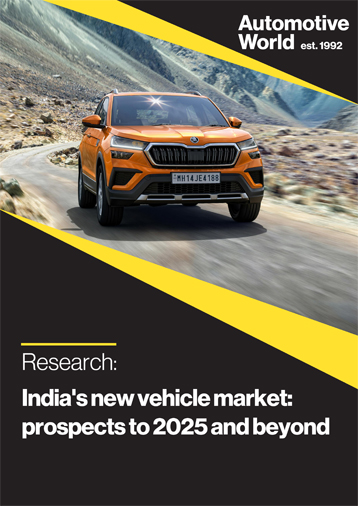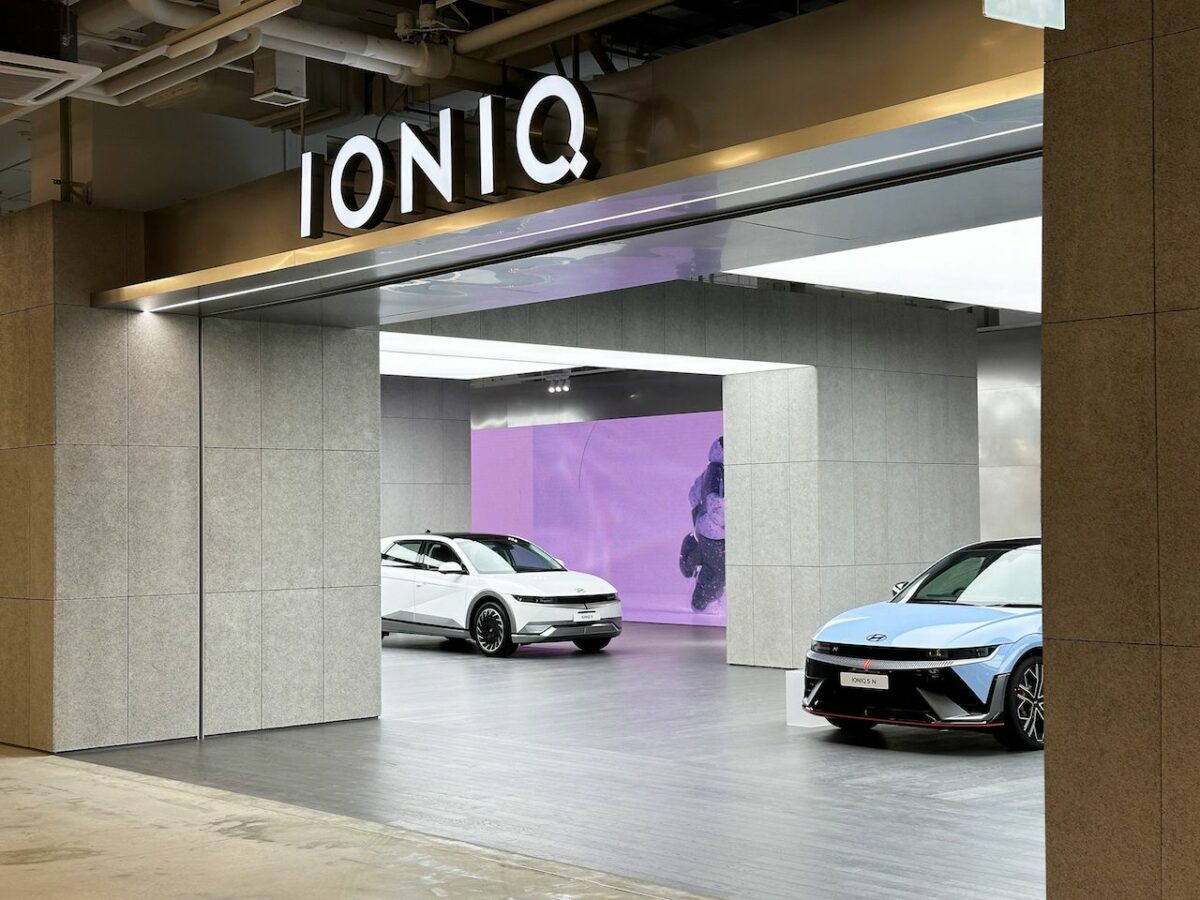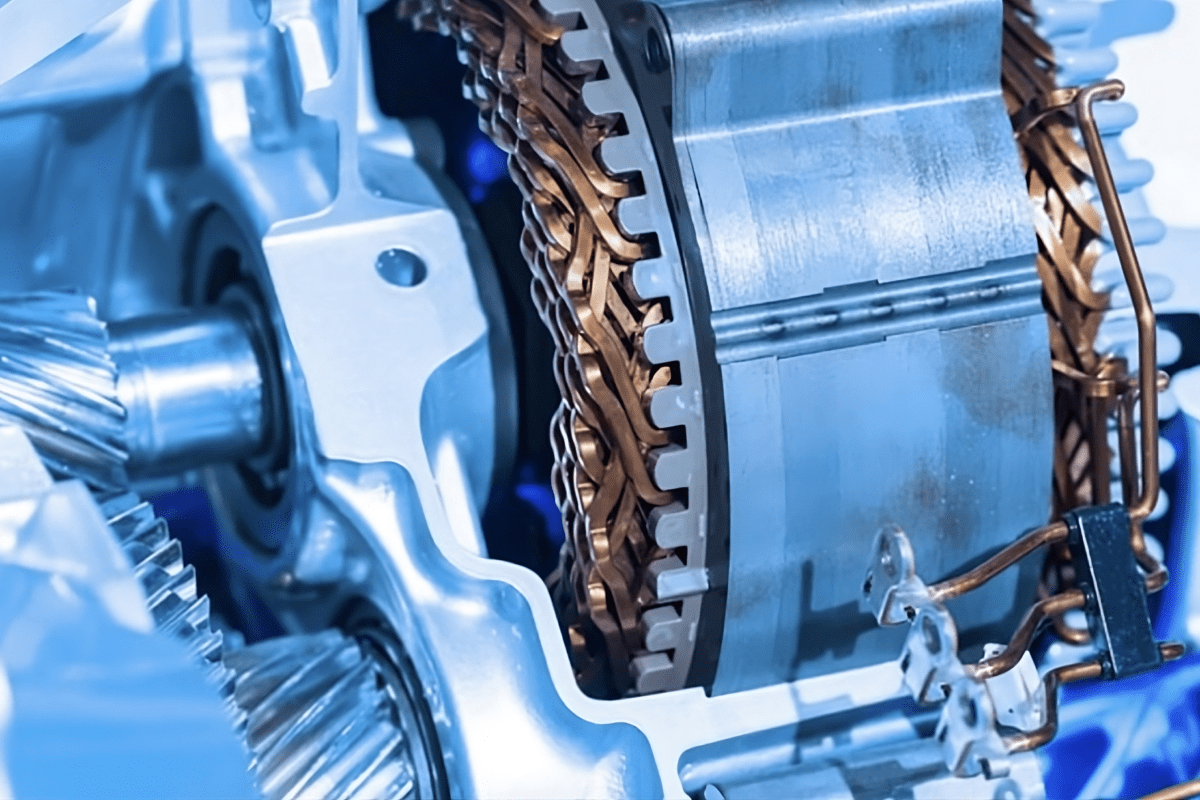India plans to become a global electric vehicle (EV) superpower, but various hurdles lie in wait. Much rests on the country’s strategy to roll out public, private and domestic charging solutions, which must support not only drivers in major cities but also those in rural areas.
 |
|
|
Estimates vary, but research has shown that only between 1,300 and 1,800 public chargers are available across the entire country, far below the charger-per-vehicle ratio of other markets. In addition, only around 5% of stations are said to be fast chargers. The issue can be boiled down quite simply: without a suitable density of charging stations, many drivers will not be able to run an EV.
“Charging infrastructure is a somewhat nascent play in our country,” observes Gaurav Batra, Global Advanced Manufacturing & Mobility Analyst leader at EY GDS. “It is still in its infancy, but there has been some progress.”
From highways to homes
Work continues under the
It’s time to log in (or subscribe).
Not a member? Subscribe now and let us help you understand the future of mobility.
Scroll
News
Magazine
Articles
Special Reports
Research
OEM Tracker
OEM Model Plans
OEM Production Data
OEM Sales Data
1 user
- News
- yes
- Magazine
- yes
- Articles
- yes
- Special Reports
- yes
- Research
- no
- OEM Tracker
- no
- OEM Model Plans
- no
- OEM Production Data
- no
- OEM Sales Data
- no
1 user
- News
- yes
- Magazine
- yes
- Articles
- yes
- Special Reports
- yes
- Research
- yes
- OEM Tracker
- yes
- OEM Model Plans
- yes
- OEM Production Data
- yes
- OEM Sales Data
- yes
Up to 5 users
- News
- yes
- Magazine
- yes
- Articles
- yes
- Special Reports
- yes
- Research
- yes
- OEM Tracker
- yes
- OEM Model Plans
- yes
- OEM Production Data
- yes
- OEM Sales Data
- yes
- News
- yes
- Magazine
- yes
- Articles
- yes
- Special Reports
- yes
- Research
- yes
- OEM Tracker
- yes
- OEM Model Plans
- yes
- OEM Production Data
- yes
- OEM Sales Data
- yes



